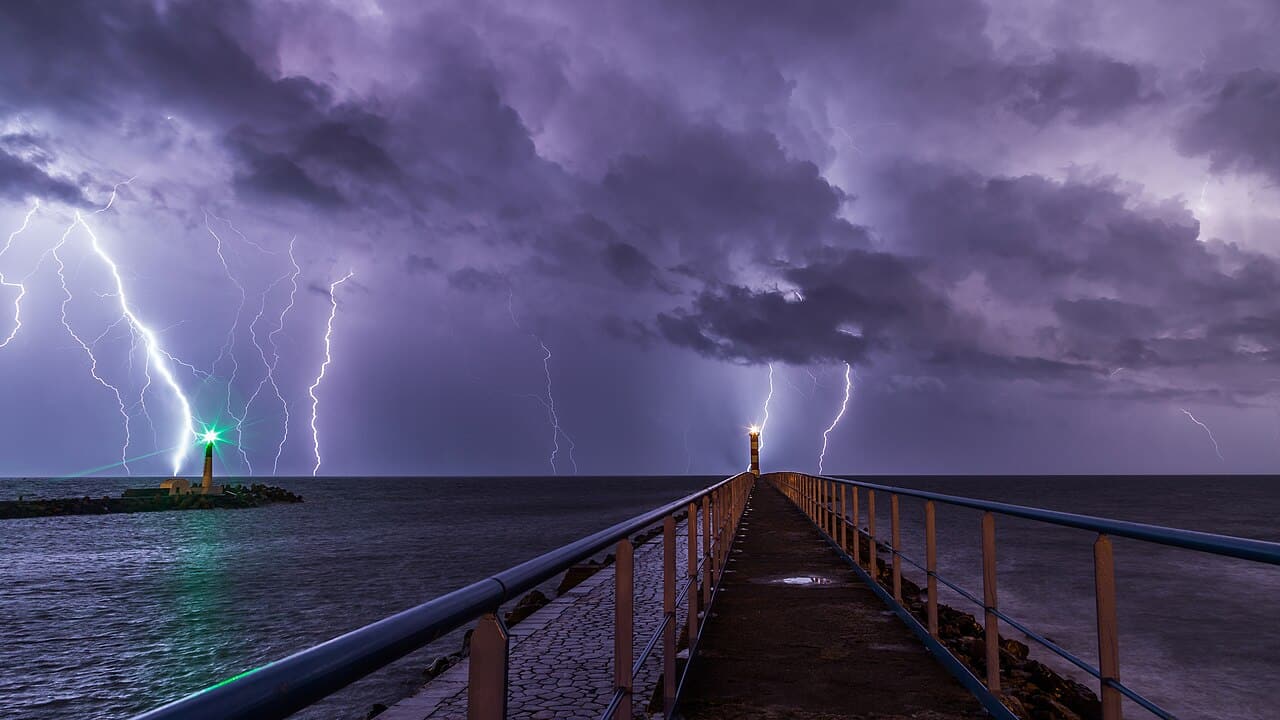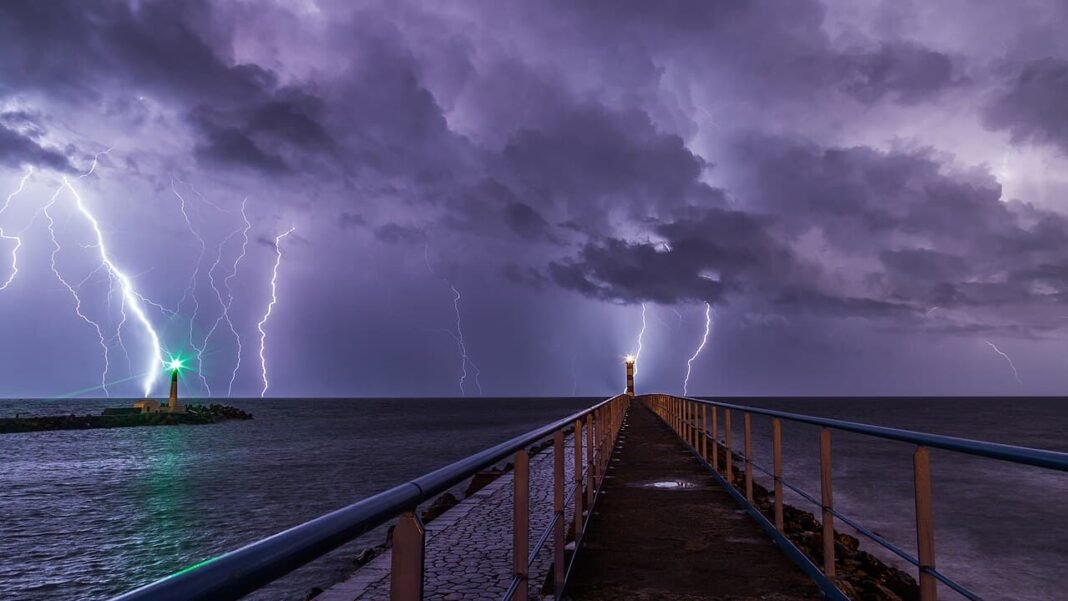
A new study reveals that lightning may originate from cosmic rays in space striking Earth’s atmosphere, solving one of nature’s longest‑standing mysteries about how storms unleash their powerful bolts.
For centuries, researchers have understood lightning as an electrical discharge between clouds and the Earth’s surface. But the source of the intense electric field required to produce it remained unclear.
The new findings, published July 28 in the Journal of Geophysical Research: Atmospheres, point to high‑energy particles from space as the missing link.
Cosmic rays spark a chain reaction
Researchers led by Victor Pasko, a professor of electrical engineering at Penn State, analyzed data from satellites, ground‑based sensors, and high‑altitude reconnaissance aircraft. They combined these observations with computer simulations to study the moment just before lightning forms.
For decades, scientists debated two main theories. One proposed that static electricity generated by ice collisions in storm clouds builds up enough charge to produce lightning.
Lightning results from churning ice crystals in clouds bumping & colliding, causing a build up of electric charge. pic.twitter.com/EqVExWyMzE
— Weird Science (@weird_sci) November 19, 2016
The other suggested cosmic rays — high‑energy subatomic particles, mostly protons, that come from the sun, supernovas, and other extraterrestrial sources — trigger the event by striking the atmosphere and setting off a runaway cascade of electrons.
The new simulations strongly support the cosmic ray theory. According to Pasko, the research offers the first precise explanation for how lightning begins, linking the roles of X‑rays, electric fields, and electron avalanches in the process.
From outer space to Earth’s surface
The study found that when cosmic rays hit the upper atmosphere, they release high‑speed protons that accelerate along electric field lines inside storm clouds.
As these protons collide with nitrogen and oxygen molecules, they release more electrons, creating an avalanche. This chain reaction produces high‑energy photons — gamma rays and X‑rays — that initiate lightning.
Have you ever watched a lightning storm in awe? You’re not alone. Details of what causes lightning are still being researched, but it is known that inside some clouds, internal updrafts cause collisions between ice and snow that slowly separate charges between cloud tops and… pic.twitter.com/WH8JoTJmn5
— Astronomy Picture of the Day (@apod) July 28, 2025
The model also explains why short bursts of gamma rays and X‑rays appear moments before lightning strikes. In the simulations, these photons generate extra seed electrons through the photoelectric effect, further intensifying the avalanches.
Pasko noted that these bursts happen in localized areas that may not emit visible light or strong radio signals, which helps explain why they are difficult to detect.
Closing a centuries‑old gap
The discovery builds on work dating back to 1752, when Benjamin Franklin proved lightning’s electrical nature in his kite experiment. But later measurements from aircraft and weather balloons revealed that electric fields inside storm clouds are about ten times weaker than what would be required to produce lightning alone.
The new findings reveal how cosmic rays provide the missing energy to bridge that gap, and ultimately ignite the strike.

